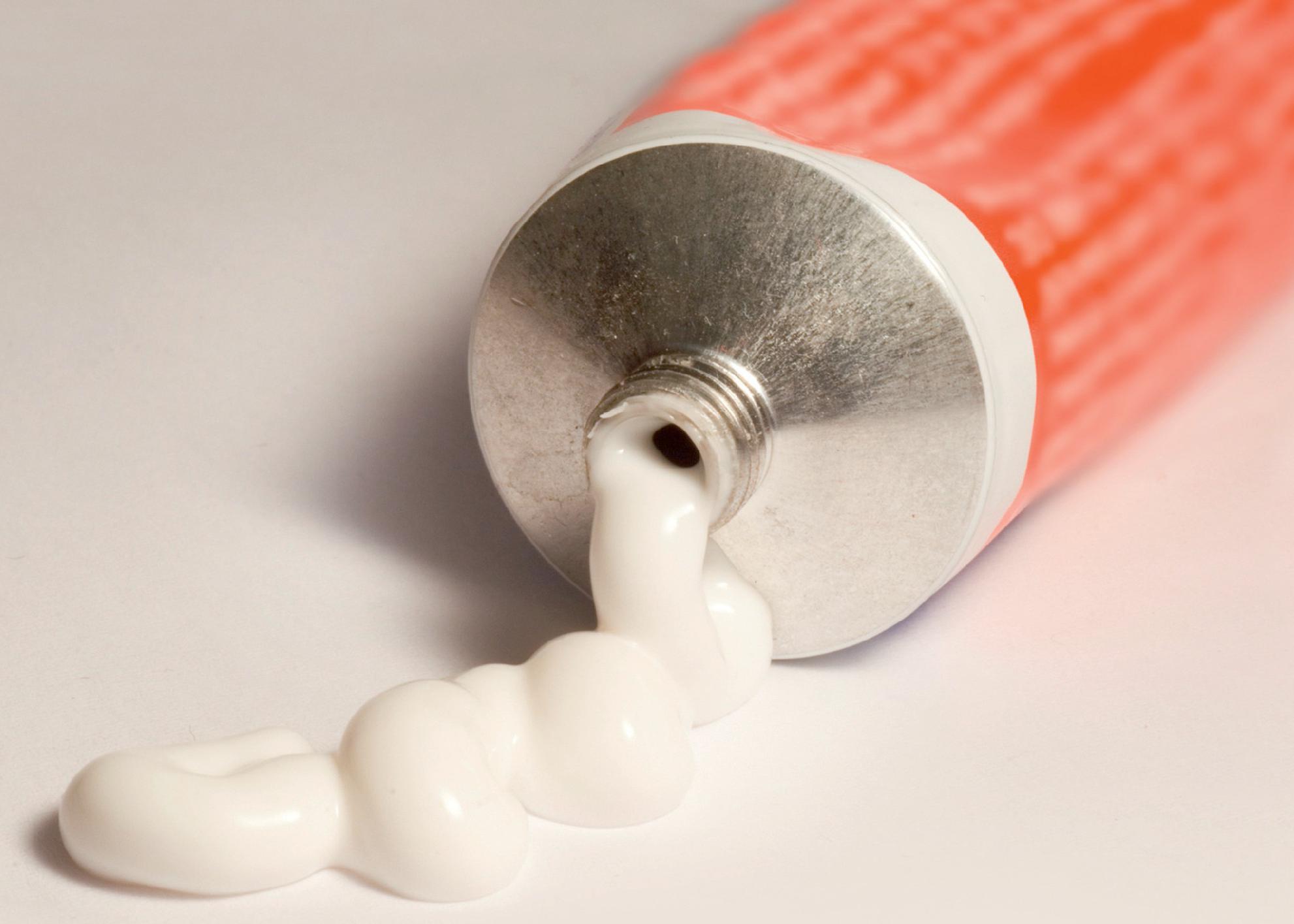
The to state-of-the-art technology, polymers, or plastics as they are commonly known, make up a large proportion of all chemical production. power of polymers shapes society. From food packaging
Polymers belong to a class of molecules known as macromolecules, a term used to describe large molecules made up of many smaller units, known as monomers. The length of the molecule (or polymer chain) often defines the characteristics of that material, as do the specific monomers used. For example, if you want your polymer chains to be very flexible, then you need to choose monomers that lack rigid ring structures. On the other hand, polymer molecules made from monomers with bulky side groups are not very flexible, as the side groups get in the way as the chains try to bend. Such monomer specificity is the key to creating the perfect polymer. The vast amount of monomer combinations possible ensures that there are a wide range of polymers in existence, with many varied applications.
Your organisation does not have access to this article.
Sign up today to give your students the edge they need to achieve their best grades with subject expertise
Subscribe




